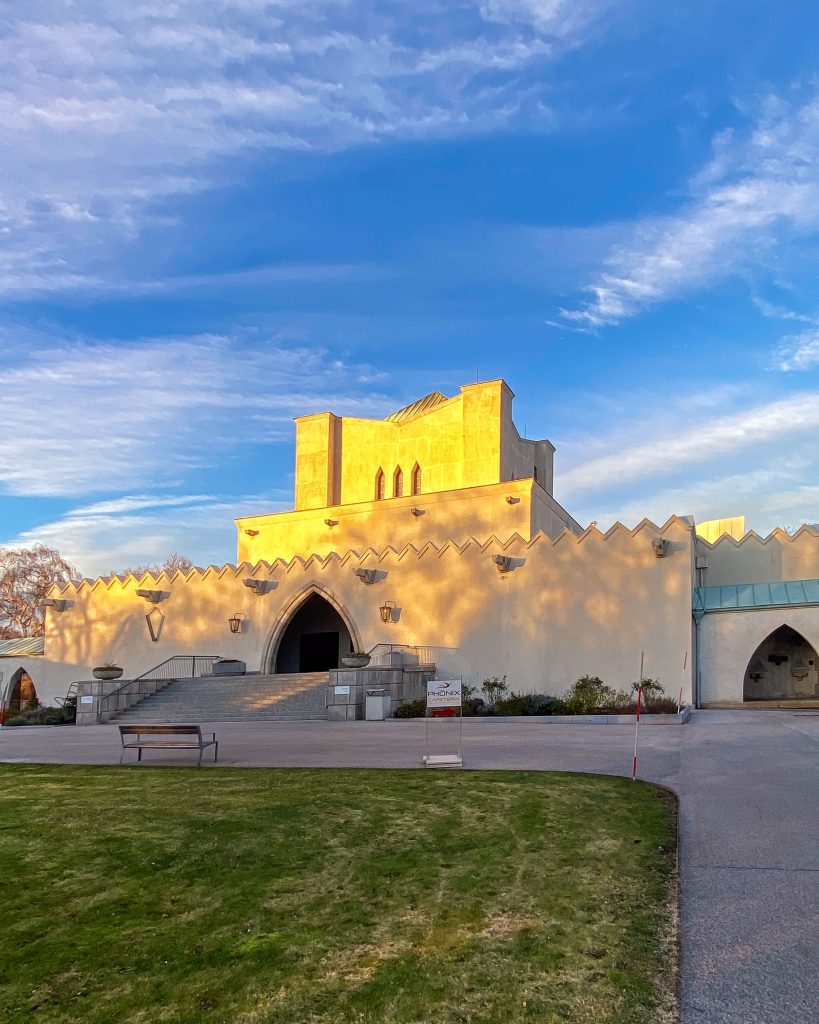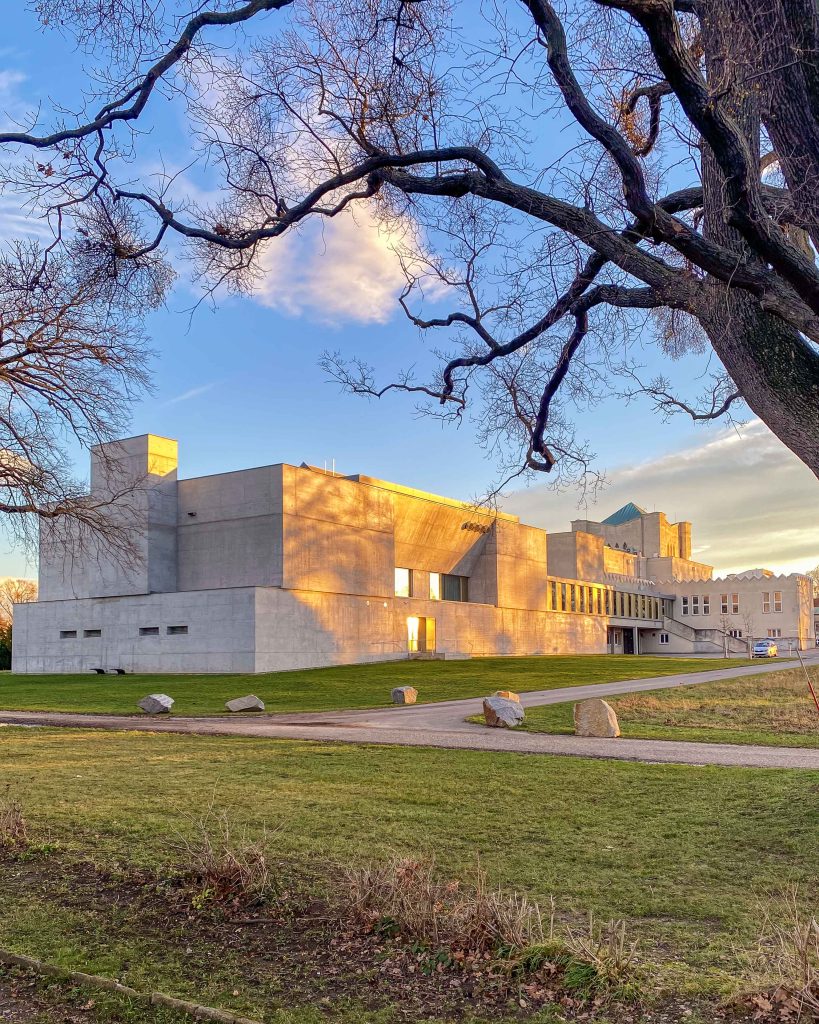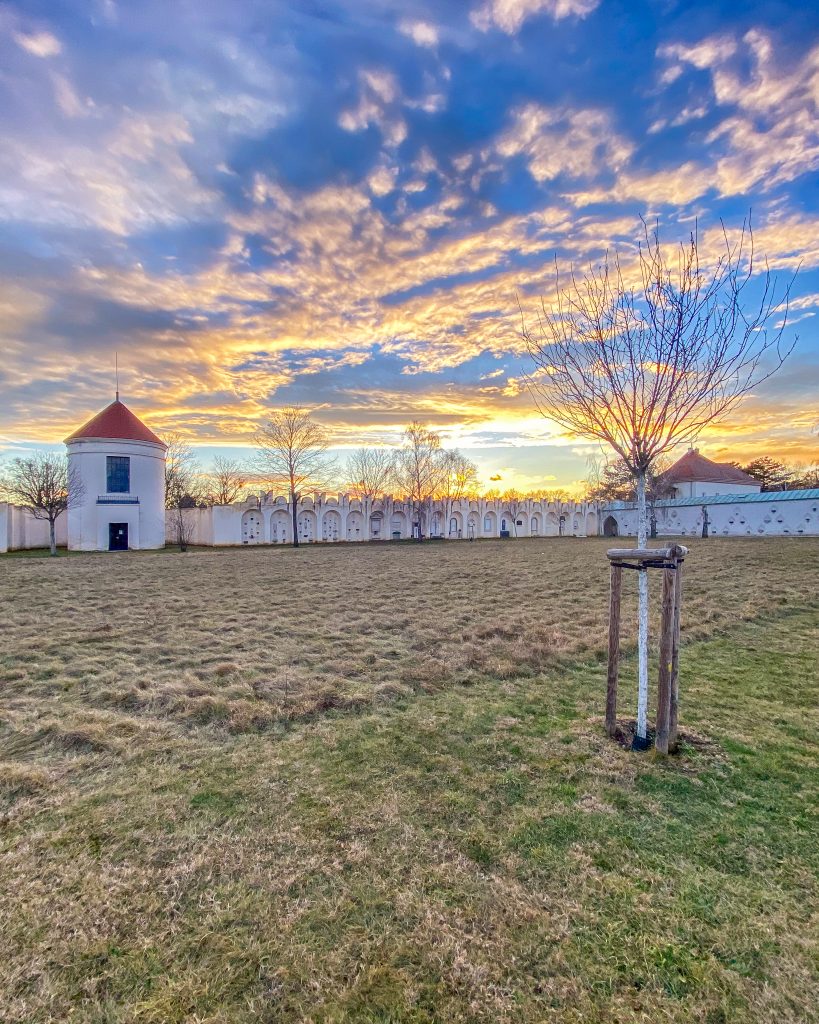Simmering crematorium



The Simmering crematorium with its urn grove and later extensions in the 11th district was built in 1922 as the first Austrian crematorium directly opposite the central cemetery. The facility with influences of German sacred architecture is considered one of the most famous buildings by the Austrian architect Clemens Holzmeister.
The construction was based on a municipal council resolution under the first democratically elected mayor of Vienna, Jakob Reumann, and was preceded by a controversy with the Christian-socialist federal government until the Constitutional Court ruled in favor of the crematorium. Until the Second Vatican Council in 1963, cremation was still considered forbidden by the Catholic Church. More than 7,000 cremations are carried out there every year, and the adjacent cemetery contains around 42,000 graves and a pet cemetery.
Clemens Holzmeister, born in Tyrol in 1886 with Brazilian citizenship (his father had previously emigrated to South America), is considered one of the most important and internationally renowned Austrian architects of the 20th century. His work, comprising around seven hundred buildings, is characterized by the immense creative power of his 60 years of activity, particularly in Austria, Germany, Turkey and Brazil.
